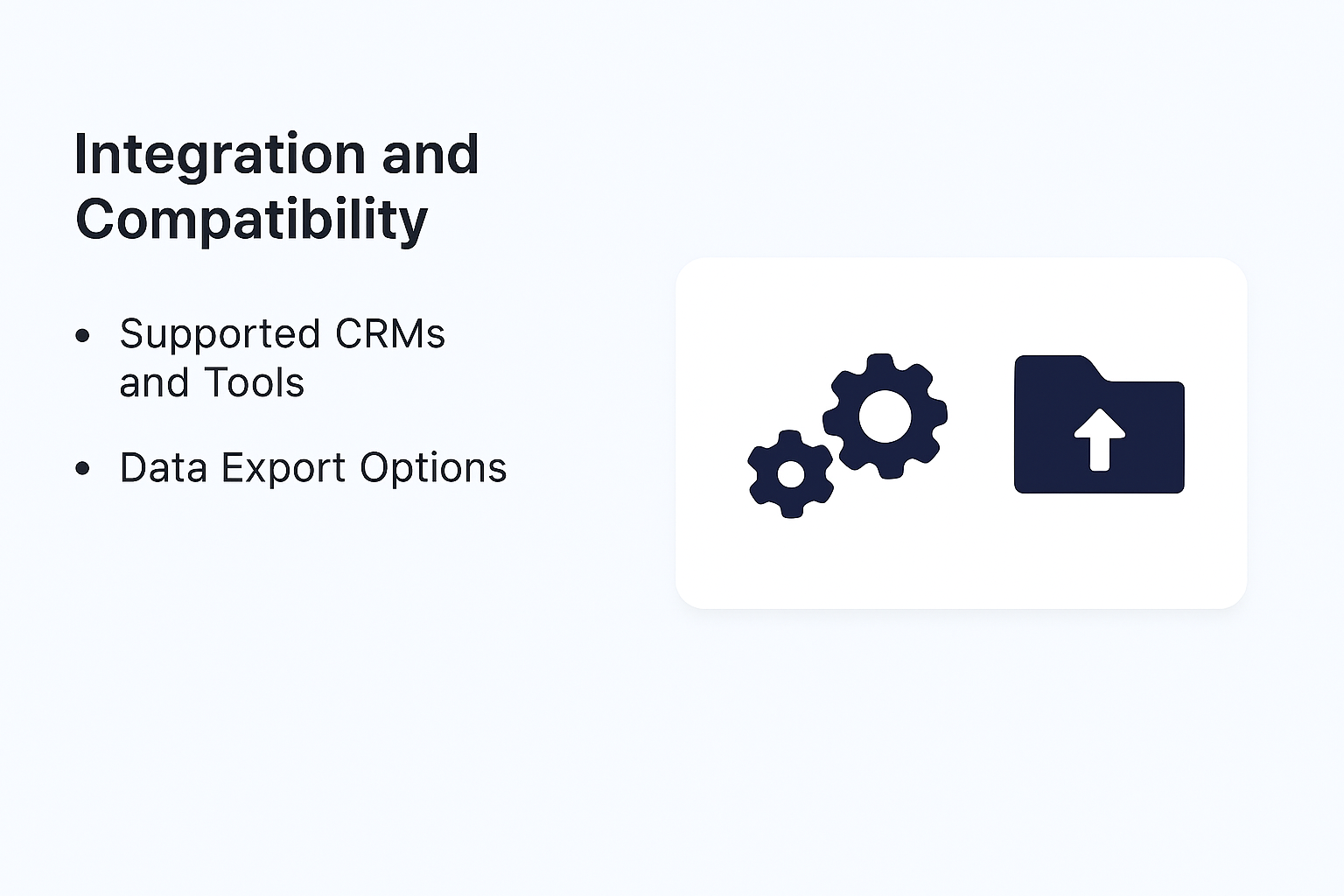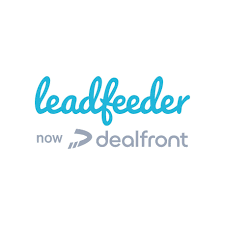

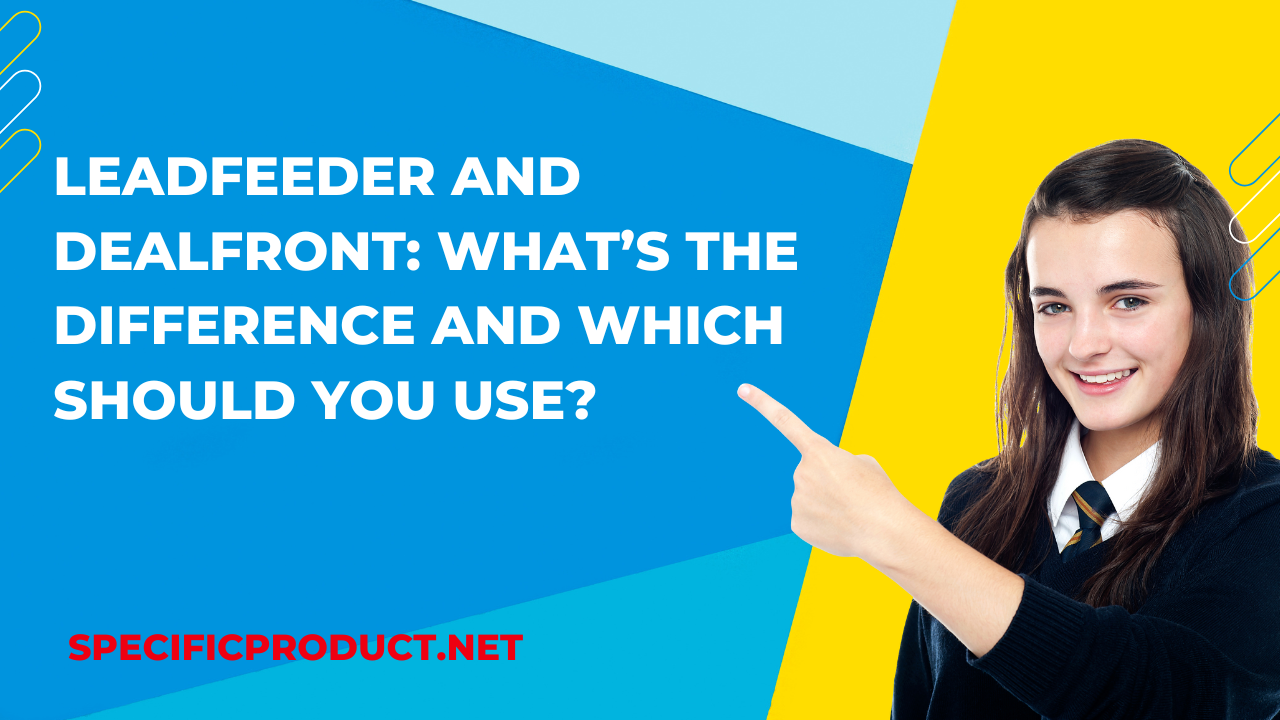
Leadfeeder and Dealfront: What’s the Difference and Which Should You Use?
This blog post explores the key differences between Leadfeeder and Dealfront, helping you decide which platform best fits your business needs. It compares their features, pricing, ease of use, and ideal users, highlighting how Dealfront expands on Leadfeeder’s capabilities to offer a complete B2B sales intelligence solution. Whether you’re looking for simple website visitor tracking or an all-in-one lead generation tool, this guide breaks down everything you need to know about Leadfeeder and Dealfront.
Table of Contents
- 1 Introduction
- 2 What Are Leadfeeder and Dealfront?
- 3 The History Behind the Two Platforms
- 4 Core Functionality of Leadfeeder
- 5 Core Functionality of Dealfront
- 6 Lead Generation Capabilities
- 7 Sales and Marketing Features Comparison
- 8 Ease of Use and User Experience
- 9 Pricing Comparison
- 10 Ideal Users
- 11 Integration and Compatibility
- 12 Analytics and Reporting
- 13 Pros and Cons
- 14 Which Should You Choose?
- 15 Conclusion
- 16 Frequently Asked Questions
Introduction
When it comes to turning website traffic into actionable leads, Leadfeeder and Dealfront are two names that often come up. Both tools are designed to help sales and marketing teams identify and engage with potential customers who visit their websites. But what’s the real difference between the two, and which one should you choose? Let’s break it down step by step.
What Are Leadfeeder and Dealfront?
Overview of Leadfeeder
Leadfeeder was originally a B2B lead generation tool that helped businesses identify which companies visited their websites, even if those visitors didn’t fill out a form. It integrated with CRMs, Google Analytics, and email marketing platforms to help businesses follow up with warm leads.
Overview of Dealfront
Dealfront is a broader sales intelligence and go-to-market platform that combines Leadfeeder’s visitor tracking capabilities with Echobot’s data intelligence. Essentially, Dealfront provides a full suite for identifying, qualifying, and contacting potential customers.
The History Behind the Two Platforms
How Leadfeeder Became Dealfront
In 2023, Leadfeeder merged with Echobot, a leading European sales intelligence company. The result of that merger was Dealfront, an all-in-one B2B sales and marketing solution.
The Rebranding and Integration Story
This merger wasn’t just a name change. It represented a full integration of two complementary tools—Leadfeeder’s web visitor tracking and Echobot’s business data intelligence—into one platform built for precision marketing and data-driven sales.
Core Functionality of Leadfeeder
How Leadfeeder Tracks Website Visitors
Leadfeeder works by connecting to your Google Analytics or tracking script to identify which companies visit your site. It then matches IP addresses with company databases to reveal hidden leads.
Lead Identification and Sales Insights
It provides detailed information like company name, location, pages visited, and time spent—allowing sales teams to prioritize high-intent leads.
Core Functionality of Dealfront
All-in-One Sales Intelligence Platform
Dealfront extends beyond visitor tracking. It combines multiple modules—Target, Connect, and Leadfeeder—to offer complete visibility from prospect discovery to outreach.
Integration with Leadfeeder and Echobot
All the old Leadfeeder features still exist inside Dealfront, but now they’re enhanced with AI-powered data enrichment, European business intelligence, and GDPR-compliant insights.
Lead Generation Capabilities
Leadfeeder’s Strengths in Visitor Tracking
Leadfeeder shines in its simplicity. It focuses purely on identifying website visitors and providing actionable insights for follow-up.
Dealfront’s Expanded Lead Intelligence Tools
Dealfront not only identifies visitors but also helps you find new prospects, verify contact details, and segment markets based on firmographics and intent data.
Sales and Marketing Features Comparison
CRM Integrations and Automation
Both platforms integrate with popular CRMs like HubSpot, Pipedrive, and Salesforce, but Dealfront adds more automation and workflow flexibility.
Data Accuracy and Enrichment
Dealfront offers real-time company data validation and contact enrichment through its Echobot integration, ensuring up-to-date and compliant information.
Email and Outreach Tools
Unlike Leadfeeder, Dealfront includes built-in outreach tools—allowing users to connect with verified contacts directly from the platform.
Ease of Use and User Experience
Leadfeeder UI Simplicity
Leadfeeder’s dashboard is known for being clean and beginner-friendly. You get a quick view of your hottest leads and visitor activity.
Dealfront’s Comprehensive Dashboard
Dealfront’s interface is more feature-rich. It may take a bit longer to master, but it provides more data depth and customization options.
Exploring the Best Deals on Lightinthebox: A Shopper’s Guide
Maximize Efficiency with Time Doctor: Features Every Business Should Know
italki Review: Is it the Best Language Learning Platform for You
PADI Diving Courses: Unlocking the Door to the Underwater World
Exploring Reolink’s Innovative Features: The Future of Smart Security
Pricing Comparison
Leadfeeder Pricing Model
Leadfeeder used to offer a free trial followed by paid plans based on the number of leads detected per month. Its pricing started around $139/month.
Dealfront Pricing and Value Proposition
Dealfront pricing is quote-based, offering tailored packages depending on team size, data needs, and modules. It’s positioned as a premium enterprise solution with far more functionality than Leadfeeder alone.
Ideal Users
Who Should Use Leadfeeder?
Leadfeeder is ideal for small to mid-sized businesses that want straightforward lead tracking without the complexity of full-scale intelligence tools.
Who Should Use Dealfront?
Dealfront is perfect for sales teams, marketing departments, and agencies that need advanced B2B data, automation, and a unified workflow from prospecting to closing.
Integration and Compatibility
Supported CRMs and Tools
Both tools integrate with HubSpot, Salesforce, Zoho, and Pipedrive, while Dealfront adds more native support for data sync and analytics tools.
Data Export Options
Dealfront supports API access, CSV export, and direct CRM sync, while Leadfeeder relies mainly on integration connectors.
Analytics and Reporting
Leadfeeder Insights
Leadfeeder provides insights into visitor behavior, source tracking, and conversion trends.
Dealfront’s Deep Analytics Tools
Dealfront includes everything from buyer intent tracking to market segmentation analysis, giving deeper insight into customer journeys.
Pros and Cons
Leadfeeder Pros and Cons
Pros:
- Simple and intuitive
- Affordable pricing
- Strong Google Analytics integration
Cons:
- Limited contact data
- Fewer automation options
Dealfront Pros and Cons
Pros:
- All-in-one B2B sales intelligence
- GDPR-compliant data
- Rich lead and contact information
Cons:
- Higher pricing
- Steeper learning curve
Which Should You Choose?
If you’re just starting out and want to know who visits your website, Leadfeeder is simple, affordable, and easy to deploy.
But if your goal is to build a data-driven, automated lead generation engine, Dealfront is the smarter long-term investment. It combines everything Leadfeeder does—and then takes it to the next level.
Conclusion
Both Leadfeeder and Dealfront are powerful in their own right, but they serve different needs. Leadfeeder focuses on simplicity and transparency in visitor tracking, while Dealfront delivers a comprehensive sales intelligence ecosystem. Ultimately, your choice depends on how deep you want to go into data-driven marketing and sales automation.
Frequently Asked Questions
Leadfeeder has been merged into Dealfront but continues to exist as a module within the Dealfront ecosystem.
Yes, existing users can still access Leadfeeder features, though all new sign-ups are directed through Dealfront.
Absolutely. Dealfront prioritizes European data privacy and is fully GDPR-compliant.
Yes. Dealfront incorporates all Leadfeeder’s capabilities along with Echobot’s data tools.
Leadfeeder is more cost-effective for smaller teams, while Dealfront suits larger, data-driven sales organizations.
Recent Post


Why edX Is Transforming Education for Students and Professionals Worldwide

Corporate Finance Institute Review: Courses, Certifications, and Career Benefits

Why Eufy DE&UK Is Dominating the Smart Security Market This Year

The Phoenix: A Powerful Symbol of Business Rebirth and Brand Transformation

What Is the Corporate Finance Institute? A Complete Guide for Business Professionals
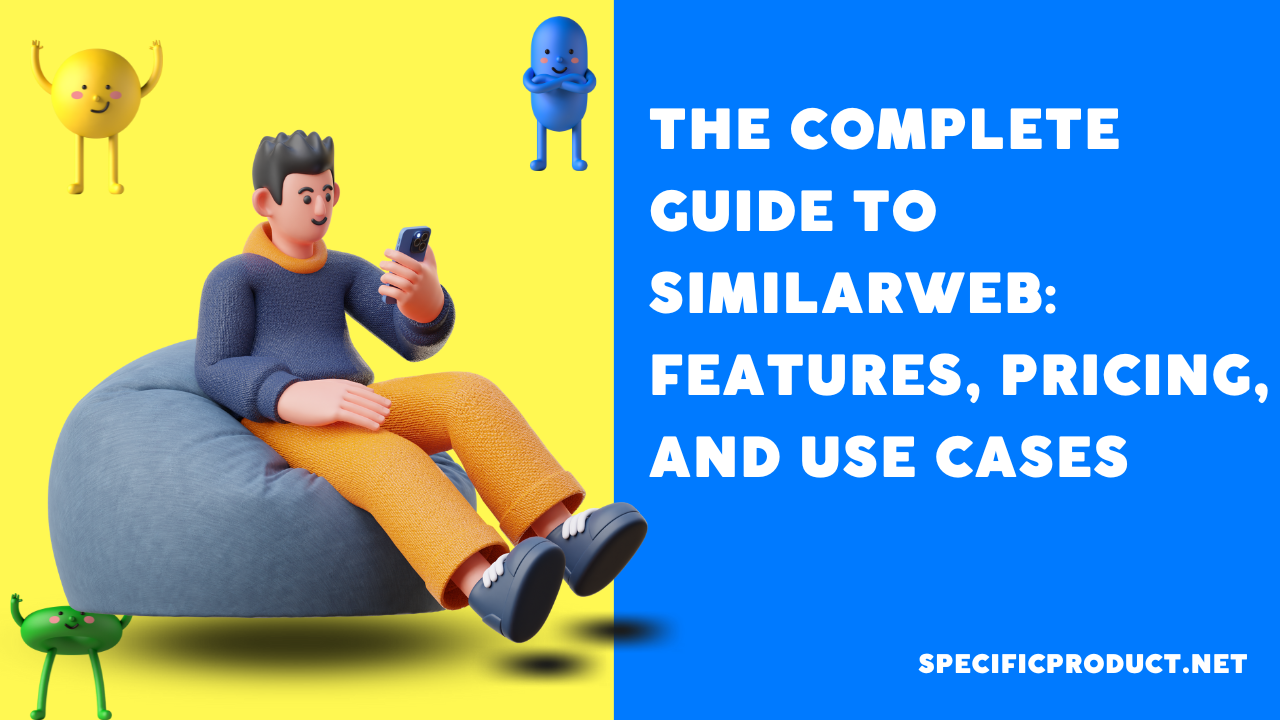
The Complete Guide to Similarweb: Features, Pricing, and Use Cases
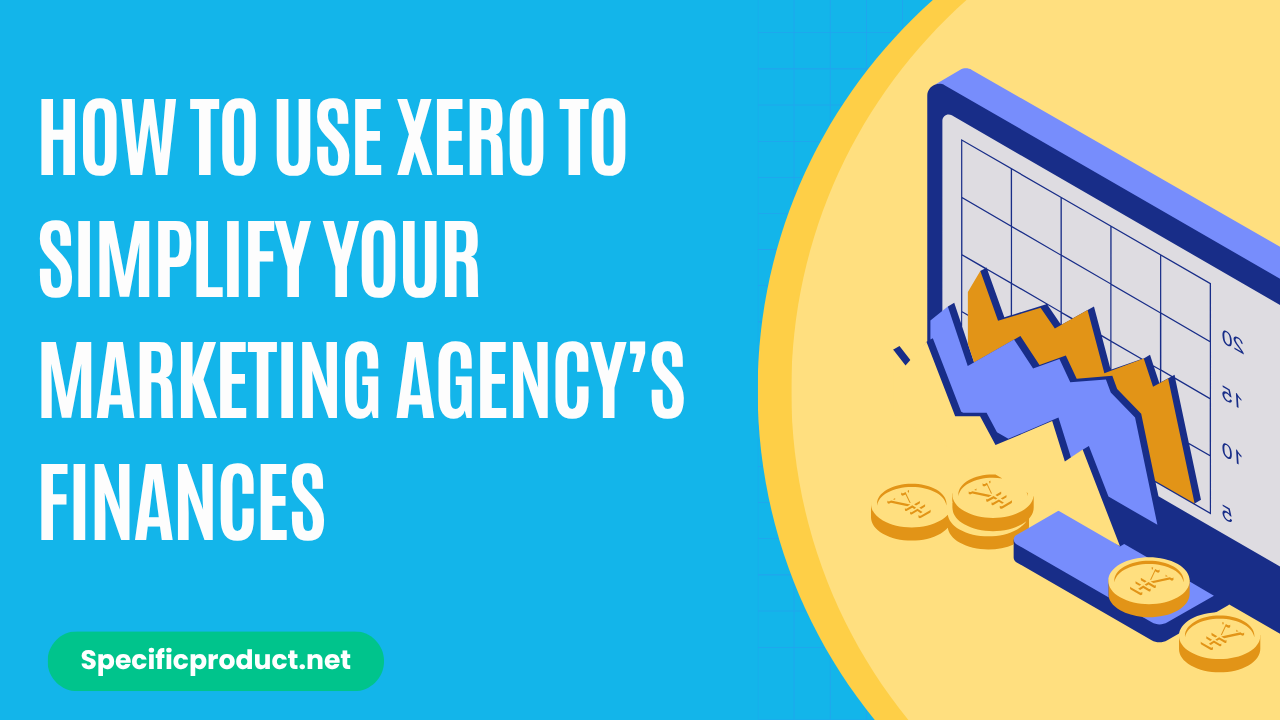
How to Use Xero to Simplify Your Marketing Agency’s Finances

How to Use ZoomInfo to Supercharge Your Marketing Agency’s Lead Pipeline

Time Doctor Review 2025: The Ultimate Productivity Tool for Remote Teams

